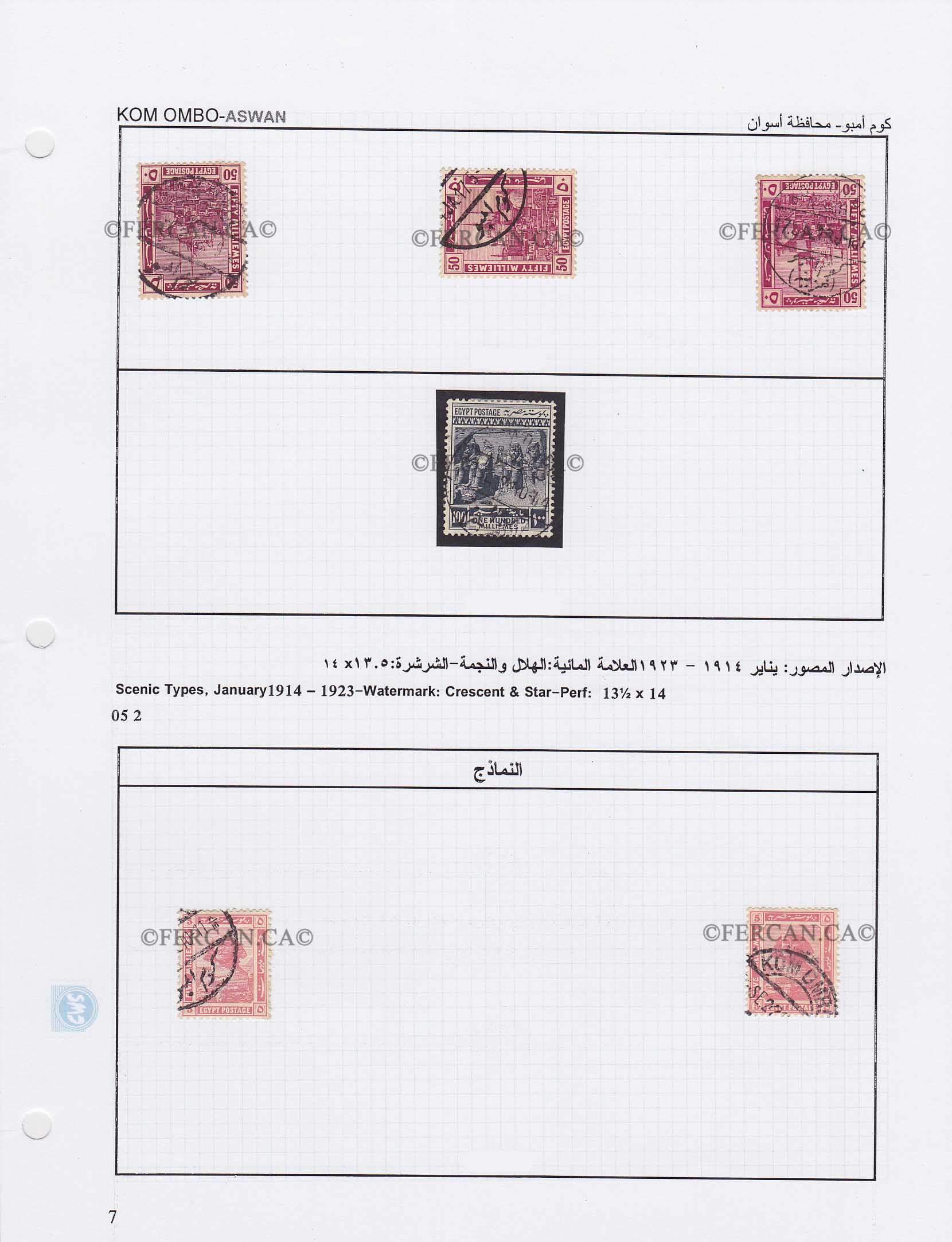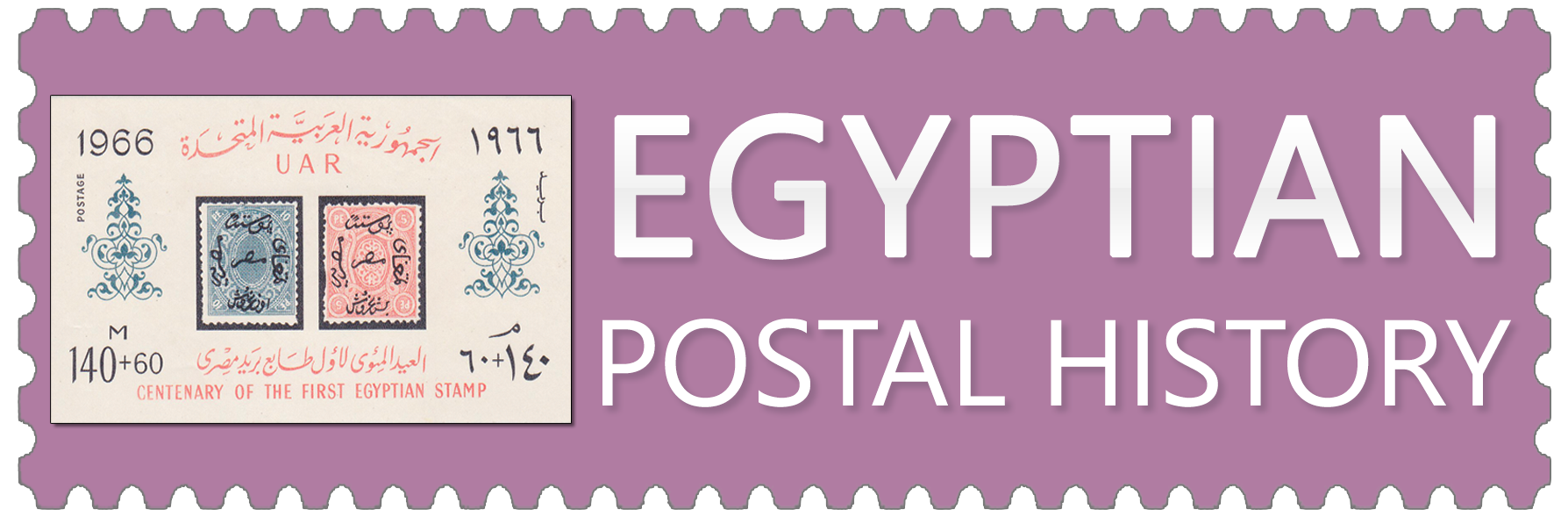Kom Ombo is a large trade center which includes the largest number of villages, and Kom Ombo Temple on the east bank of the Nile. There is also a sugar factory for the manufacture of sugar cane and molasses, and another factory for the production of particleboard, as well as some organic industries.
Agriculture
The most important crop in Kom Ombo is sugar cane, where two-thirds of the agricultural land is planted with this crop throughout the year. The sugar cane is harvested and processed in the factory during the winter season. Mangoes and lemons, the most popular fruits in Kom Ombo, are also cultivated, together with bananas, dates and figs.
Archaeological Sites
• The region of El Cape, which is located 17 km north of Edfu, on the east bank of the Nile. It includes:
- Cemeteries of Nobles and Honored Citizens which are carved into the sandstone.
- The Cemetery of Barhari
- The Tomb of Ahmose Ibn Abana
- The Cemetery of Sinaw
- The Cemetery of Zansa
- The Temple of Amenhotep III
- The structure of Thoth which is known as El Hammam
- The Ptolemaic Temple
- The city of El Cape is characterized by its huge fences; it has also been described as the place where Prophet Joseph stored grain when he was appointed by the King as guardian of the city’s grain stores.
- The archaeological area of El Kom El Ahmer on the west bank of the Nile, in front of the city of El-Bosaileia, 17 km north of Edfu. It is the site of Nikn or Harakounolas, the first capital of unified Egypt in 3,200 B.C. and the capital of Province III in Upper Egypt. It contains many of the antiquities which date back to the pre-history period, as well as later times.
- The City Temple
- The Monasteries of Al-Bewib
- The Monastery of Pachomius
- The Pyramid of Kola
- The Temple of Hore Moheb






